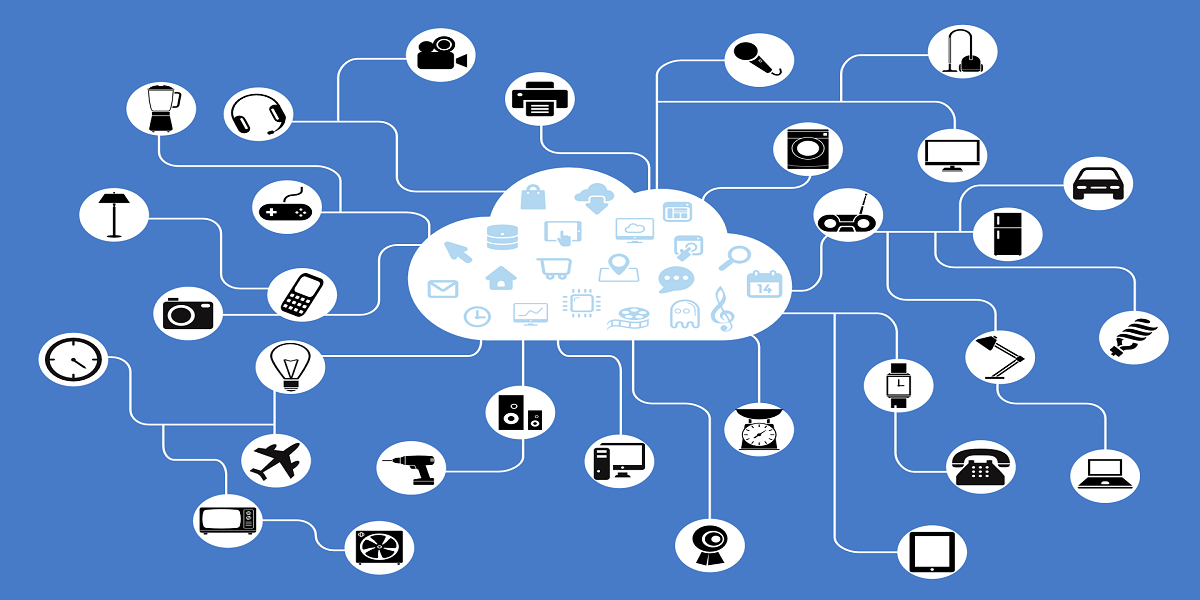
According to the Statista report, the estimated number of IoT devices is expected to reach 50 billion by 2030, spanning everything from household appliances to healthcare products. Tracking, monitoring, and managing such a large number of connected devices is a major challenge. It calls for a well-kept IoT device management plan to ensure that all the connected devices in your IoT environment are functional and secure.
IoT device management covers a range of processes that involves provisioning, authentication, configuration, maintenance, monitoring, and diagnosis of connected devices operating in an IoT environment. Proper and time-bound management of connected devices is essential to keep them secure, running, and updated. To make these things work in a current business landscape, it is essential that asset-intensive industries look forward to the next big things in IoT device management as in to determine what would best work for their business.
Here are few things that the future of IoT device management will revolve around.
1. Multi-vendor Ecosystem
Although the market is new, it is scattered. But in the coming days we will witness a semi-closed approach to IoT device management. Manufacturers will come together to create a multi-vendor ecosystem where multiple manufacturers could create a product around a device.
An example of this would be how Comcast works with Xfinity. It creates a multi-vendor ecosystem where devices are certified for compatibility by Comcast with their IoT gateways. It would open the market for manufacturers around the globe to build devices around Comcast, while allowing the consumers to choose from a vast range of products.
As the devices are compatible, the options would be more reliable and consumers could feel more secure. However, switching to a new device would not be that easy as the installation, onboarding, and integrations would become more complex.
2. Closed Device Enablement
While we may witness a rise in the multi-vendor ecosystem, close device enablement is still here to stay, especially in the equipment manufacturing industry. Large equipment manufacturers would not like to compromise with the asset security and so most of the parts would still be sold as a vertically-integrated solution stack.
Most of the solutions from IoT devices to cloud service will be knitted together by a single solution provider as part of a closed application-layer solution. It is still a widely adopted mechanism because it creates a large customer inertia, however, it might be favorable for the company but not for the consumers. As the market will experience a large influx of manufacturers, this practice might evade quickly.
3. Remote Device Management
Remote device management would be a crucial development for companies in MRO sectors. A typical maintenance process involves scheduling and dispatch of field service technicians to execute fleet-wide actions such as factory resets, reboots, general maintenance, and inspection. For such organizations, it gets sometimes difficult for the companies to ensure the best talent at the right time, as there is a huge talent shortage.
With the power of IoT data, AI and AR and VR technologies, remote device management would be possible where that would make it possible for the specialized technicians to provide remote guidance to the technicians in a real-world environment. It would increase operational efficiency of the field service team and help in saving time and cost at the same time.
4. Standards and Compliance
The IoT device management sector is expected to witness a large influx of manufacturers, OEMs, IoT application service providers, cloud service providers, and so on. In that case, creating an IoT environment where a multitude of devices could function will become difficult. As a result, a demand for industry-wide standards is expected, due to which, you will find that many companies would group together to create a more inclusive IoT environment.
Market will also experience a requirement for more integration support to support data exchange between a range of software such as field service management software, CMMS software, accounting software and hardware used by mobile apps company. The integrations will increase the compliance and will bring more clarity and transparency in the processes.
The Final Thoughts
The rapid growth of IoT will touch many industries. It will create a new landscape and that would mean for companies to rethink their existing roadmap to achieve success through IoT implementation. Companies would need to find ways that would allow more products to fit in their IoT environment without creating security and reliability issues. The new approach would also demand for a consumer-friendly market where they can pick and choose from large options with respect to products, pricing, and services.
